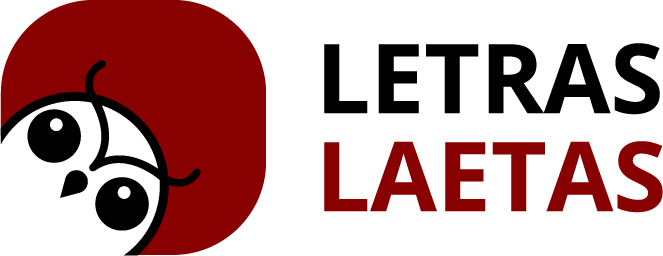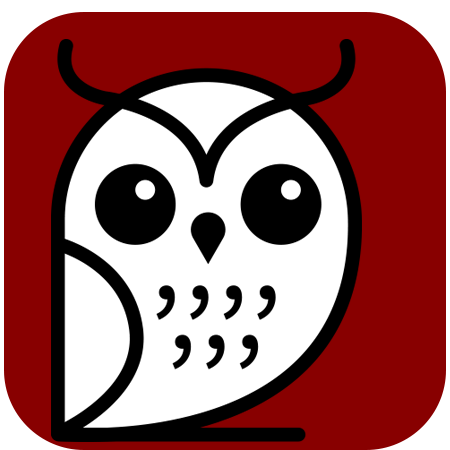
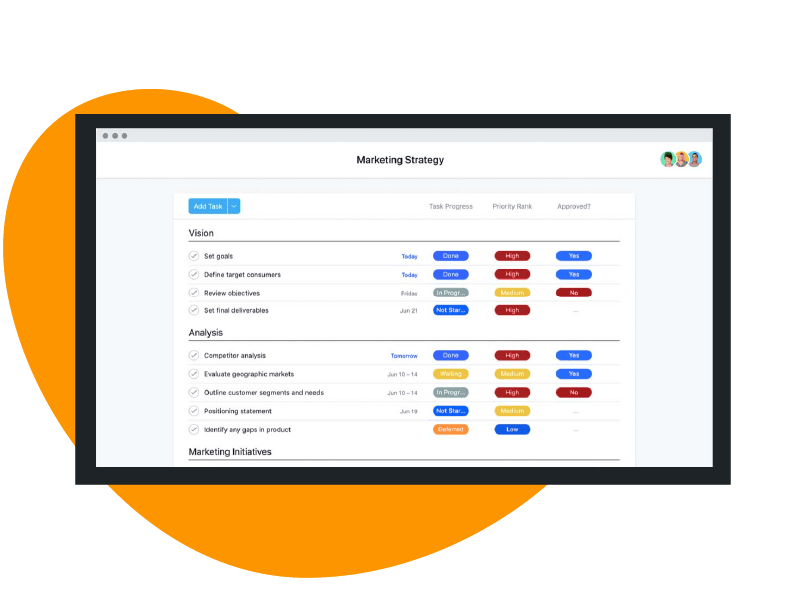
Digital communication strategy
Campaigns should always be accompanied by a digital strategy, our methodology is based on six steps:
- Building of a strong brand on Internet
- Segmentation and geo-referencing of the audience
- Diffusion of directed content that adds value
- User attraction through stories and brand discourses
- Converting users in to leads and CRM onboarding
- Customer loyalty committed to the brand
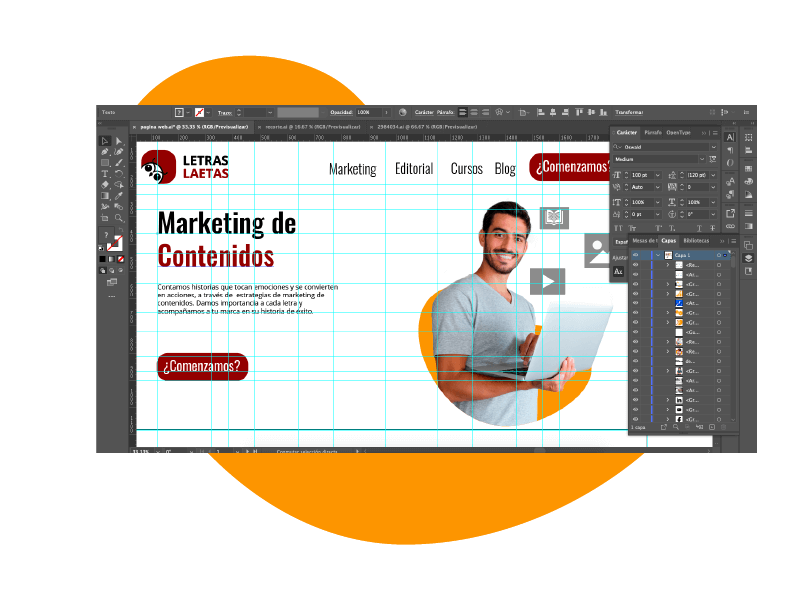
Web Development
Developing the company website or optimizing it is the first step in our content marketing strategy, since it is the central hub where potential customers get information about your offer.
We use various technologies, from CMS to developments from scratch. We advise you on the best UX design practices and the type of development that suits your project.
The result: responsive websites that follow best practices and that, in addition to being visually attractive, generate conversions that boost your business.
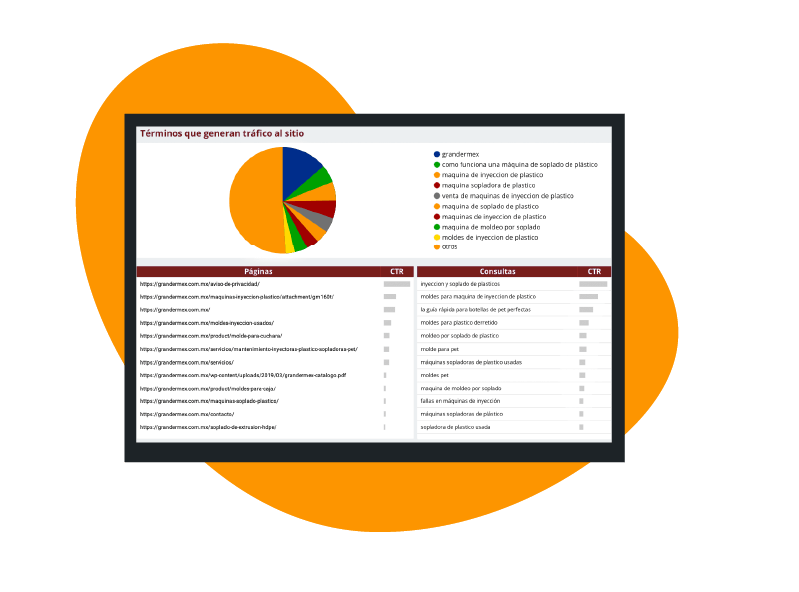
Web positioning
Our second step is segment the audience and website positioning. Currently, in a single minute, 4,497,420 searches are produced in Google. Being one of the companies that appear in first position in your area of operation is a great opportunity to increase your sales.
We improve the visibility of your website in organic results SEO (Search Engine Optimization) and paid SEA (Search Engine Advertising) of major search engines.
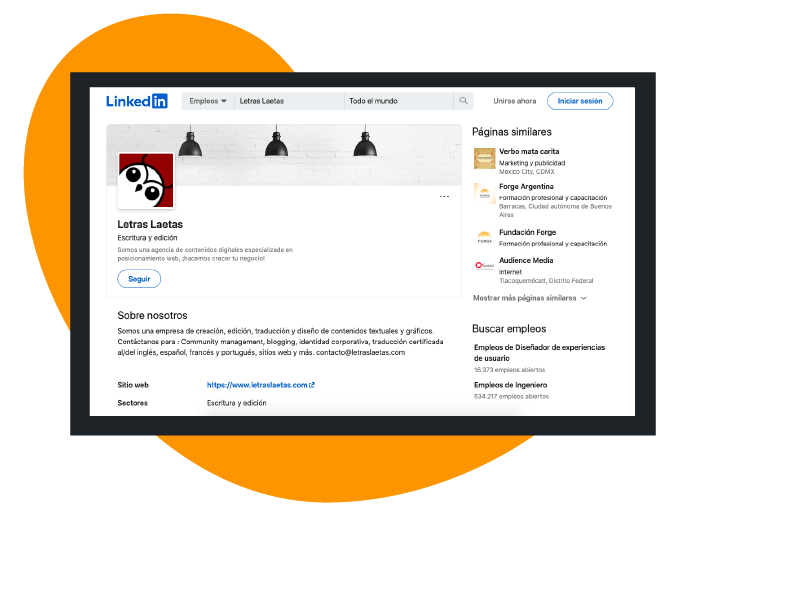
Social media management
Once we build your brand’s digital ecosystem, we begin to create and spread content; we find that social media is a great opportunity to segment and reach potential customers, as well as to keep companies close to their current clients.
We create high-tech digital channels where in a planned, intelligent and precise way, we achieve a direct connection between your brand and the community. The attractive? The immediacy, precision, clarity and speed of communicating with you and your consumers.
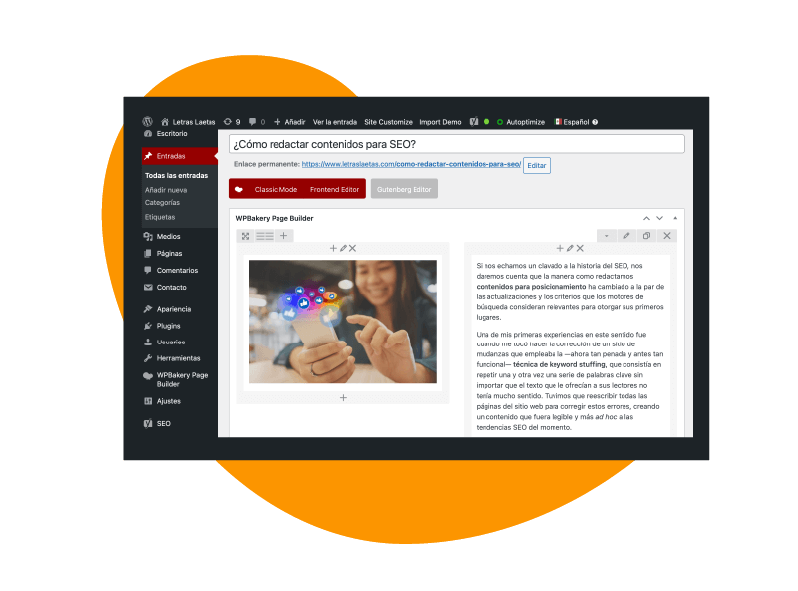
Digital contents
Through digital content, we make nurtured marketing campaigns, which consist of nurturing a potential customer with relevant information from when they identify your brand until they decide to buy your products or services.
Some of the content we make for our clients are scripts, copys, articles, infographics, gifs, videos, considering the trends and the specific needs of each project.
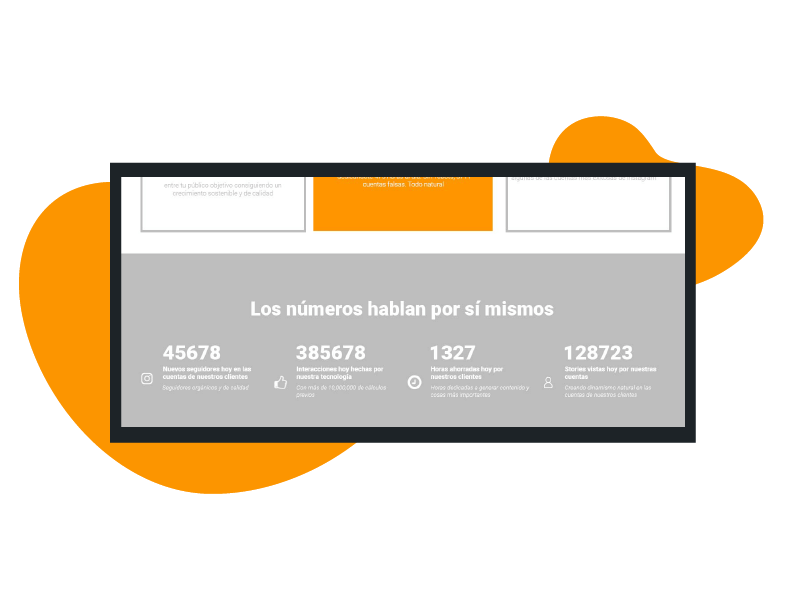
Leads generation
One of the conversions most sought after by our clients is the leads generation or potential customers for their company.One of the benefits of content marketing is the reduction of leads cost, given that the organic traffic of the website increases as it becomes more robust with blog content, infographics, among others.
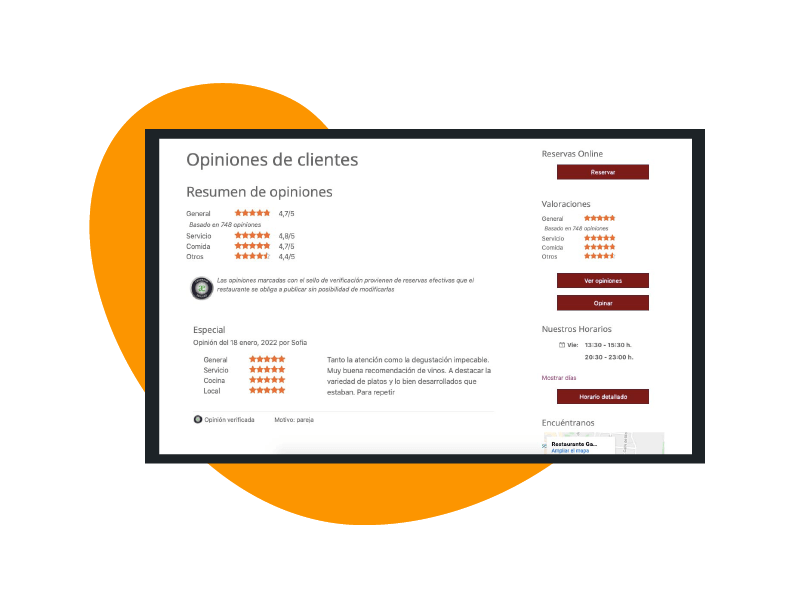
Customer loyalty
Do you know that it is much more expensive to get new customers than to retain current ones? Once a lead has placed their trust in you and makes a purchase, it is just the beginning of a long-term relationship with him so, in this way, he continues to consume the product or service that he hired and becomes an ambassador of the brand. At this stage, customers value content such as instructions, resolution of frequently asked questions, follow-up mailings, among others.
FAQ
Content marketing is the right arm of traditional and digital marketing strategies; good content has the ability to inform, move, generate actions and awaken emotions in those who consume it. For something the famous phrase “content is king” it is still in force.
Content marketing is a strategic tool based on the creation and distribution of relevant and consistent content for a specific audience, with various purposes: to inform, educate, sell, among others.
When creating a content marketing strategy, a correct market segmentation and analysis of the potential customer must be carried out; with this we will be able to know what stage of their customer journey they are in to understand what they are looking for and satisfy their information needs at the right time.
Many B2B and B2C companies have benefited from implementing content marketing in their organizations. Some surveys have shown that most people prefer to learn about products through content rather than through traditional advertising.
Everything we see on the Internet, when reading a book, when watching a movie, is content. In the field of digital marketing, some examples of content are:
- Articles
- Infographics
- Memes
- Audios
- Study cases
- Interactive graphics
- Videos
- Papers
- Press releases
Interactive contents have gained popularity, that demand that the Internet user carry out some action. Some examples of interactive content can be:
- A test in a digital magazine that leads to different results according to the data entered by the Internet user.
- A survey below each blog post or website screen in which the reader rates how useful the information received was.
- A game on a company’s website, for example children’s games on the pages of toy companies.
There are as many possibilities as creativity, so the formats and types of content that can be created are unlimited.
Native advertising consists of publishing promotional content on paid media, such as print and digital magazines, sponsored videos, banners, among others.
Unlike content marketing, which is mostly based on owned media, such as a corporate blog, the company’s website and its social networks.
Another difference is that the target in the content marketing it is to accompany the potential customer during their purchase journey and educate them about the brand’s offer through topics of their interest, which may be adjacent to the product or service offered.
On the other hand, the native advertising consists of paid inserts that, although they may be informative, have the main objective of promoting the product or service in a paid medium.
Some influencers, magazines and newspapers indicate when one of their contents are sponsored. But this is not always the case, so in these situations there is a blurred line between the advertising and the content.
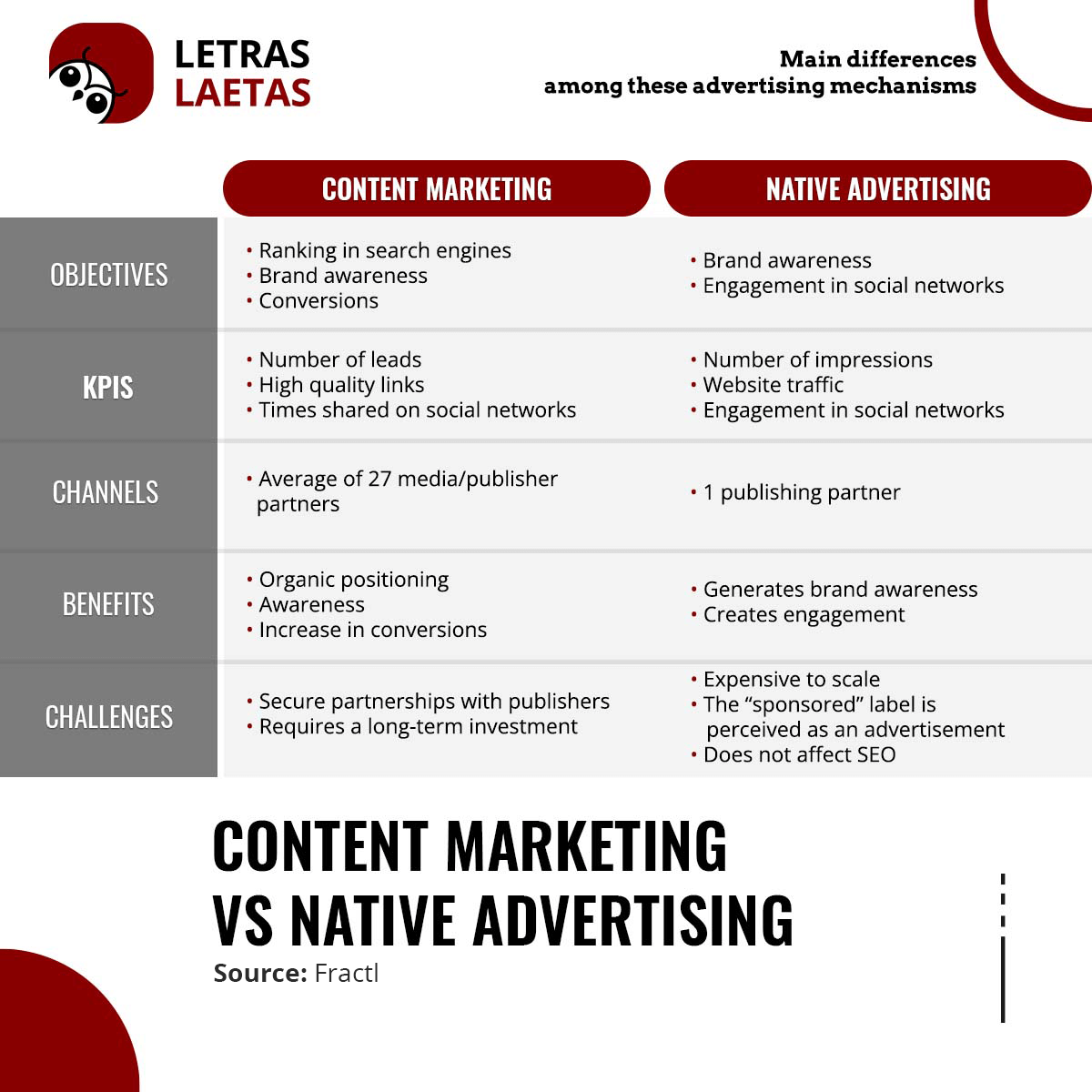
- Increase traffic to the website. The digital contents provide traffic to the company’s website, Internet users will be able to access them through their social networks or search engines, through an SEO strategy.
- Generate leads. As a consequence of the increase in traffic sources to the website, companies can benefit from content marketing by obtaining leads or potential customers, who may request more information about our offer.
- Link Building. When a person adds a link to our website, the algorithms of the search engines begin to consider our domain name more relevant and therefore we will begin to have a higher domain authority and visibility on the web.
- Educate about your offer. One of the stages in the purchase process of many current consumers is to search for information about products and services, and compare between different providers before making a purchase decision. Content marketing provides a unique opportunity for you to explain why your offer is the best, and influence purchasing decisions.
Content marketing pricing is related to the scope of projects. Prices for a content marketing strategy are highly variable; however, they are significantly more accessible than traditional media advertising such as television.
According to a study published in the Harvard Business Review magazine, 70% of the content marketing agencies studied charge prices categorized into five
- Less than $1,000
- Between 1,000 – 5,000 dollars
- Between 5,000 – 10,000 dollars
- Between 10,000 – 50,000 dollars
- Between 50,000 – 100,000 dollars
At Letras Laetas we make sure to listen clearly to your needs and the budget that you can allocate to your marketing strategies to make an appropriate proposal, with the expected scope according to the amount invested and the actions carried out, as well as an estimate of the ROI.
One of the best ways to ensure the success of a content marketing strategy is to have a customer-first approach. What does this mean?
Currently, consumers expect to receive immediate and personalized information, so a content strategist must consider customer empathy tools to understand their needs. Some of these tools can be:
- Analysis of the macroenvironment and the microenvironment
- Definition of smart objectives
- Buyer person analysis
- Mapping of customer journeys
- Development of conversion funnels
- User stories
The goal of these tools is to determine what content a customer needs at certain points in their journey before making a purchase.
You may be wondering why a customer spends so much time examining certain sections of your website but is not encouraged to contact you or finalize a purchase, in these cases, it is necessary to review the purchase process and the route that your potential client must take to improve their experience by providing the content they are looking for. If you have decided to implement the content strategy for your business by yourself, we recommend our digital marketing and content creation courses.
Is your company looking for a content marketing solution?
We are ready to make your ideas come true. Let’s talk about it!
